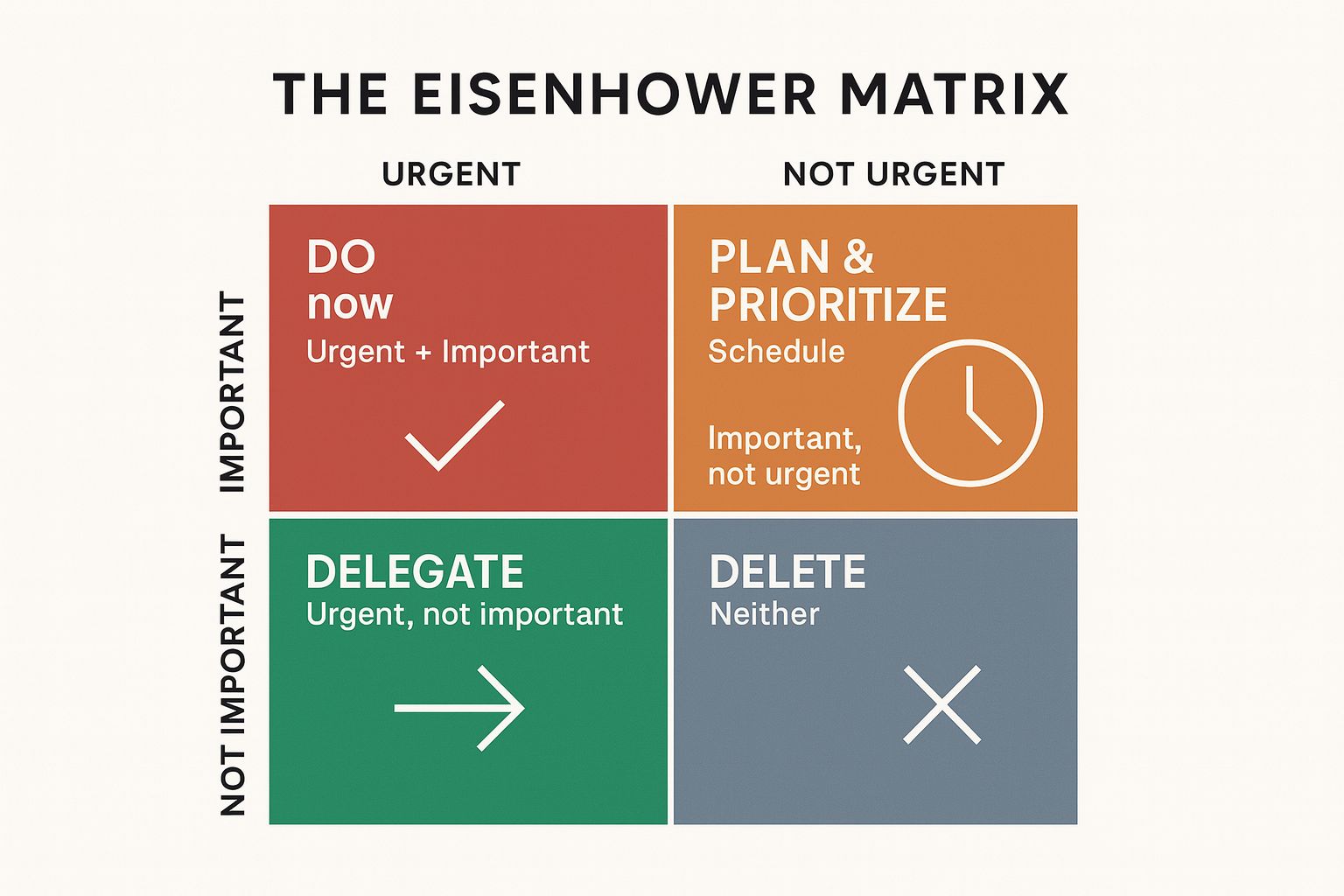Hi friends,
I landed on Going.com yesterday.
Most travel sites make me want to throw my computer out the window.
But Going's homepage just says, "Save up to 90% on flights."
Then: "Plan trips. Get alerts. Fly for less."
No fluff. No corporate nonsense about "premium experiences."
Just: here's what you save, and here's how it works.
Made me think about how we overcomplicate everything in marketing.
Plus I found this productivity thing that actually works (shocking).
Copywriting Example
Going

Here's what Going does that everyone else screws up:
They lead with the biggest number possible.
"Save up to 90% on flights."
Not "great deals" or "competitive prices." 90%. Specific. Massive.
They explain the process simply.
"Plan trips. Get alerts. Fly for less."
Three steps. Anyone can understand it.
They solve the real problem.
"Tired of searching for flight deals? Going makes travel easier."
They know you hate searching. So they do it for you.
They build trust without bragging.
"Join millions of travelers saving big" + TrustPilot rating.
Social proof without being weird about it.
They keep it personal.
"Tell us your trip details, we'll track prices and alert you when they change."
Not "our algorithm monitors market fluctuations." Just: tell us where you want to go, we'll watch prices for you.
The whole thing feels like a friend saying "hey, I found this thing that saves money on flights."
Which works way better than fancy marketing speak.
The lesson: Big promise upfront. Simple explanation. Let the results speak for themselves.
Marketing Secret
The Eisenhower Matrix

The Eisenhower Matrix (For Marketers Who Want to Stop Drowning)
Most marketing teams spend their days reacting to everything.
Someone needs the campaign copy tweaked. A vendor proposal needs reviewing. The boss wants to discuss social media strategy. Again.
You're always busy. Never strategic.
Here's why: you can't tell the difference between urgent and important.
The Eisenhower Matrix fixes this:
Box 1: Urgent + Important - Do immediately
Box 2: Important, Not Urgent - Schedule for later
Box 3: Urgent, Not Important - Delegate
Box 4: Neither - Eliminate
Here's what this looks like for real marketing work:
Content Marketing:
Box 1: Fixing a content publishing error, handling urgent PR crisis
Box 2: Planning six-month editorial calendar, keyword research, audience engagement strategies
Box 3: Minor visual tweaks on low-impact posts, routine inquiries
Box 4: Excessive formatting changes, internal admin tasks
Campaign Management:
Box 1: Fixing broken links in live email, addressing budget anomalies
Box 2: Analyzing campaign performance, audience segmentation, long-term planning
Box 3: Reviewing non-critical vendor proposals, minor copy edits
Box 4: Over-discussing posts without defined ROI
Social Media:
Box 1: Responding to viral customer complaints
Box 2: Building next quarter's social media calendar
Box 3: Routine graphics creation
Box 4: Scrolling competitors without specific insights
The trap: Most marketers live in Boxes 1 and 3. Always urgent, rarely strategic.
The solution: Protect Box 2 time like your career depends on it.
Because it does.
Try this: List every marketing task you did yesterday. Sort them into boxes.
Then ask: What would happen if you flipped those numbers?
Talk soon,
Alen.